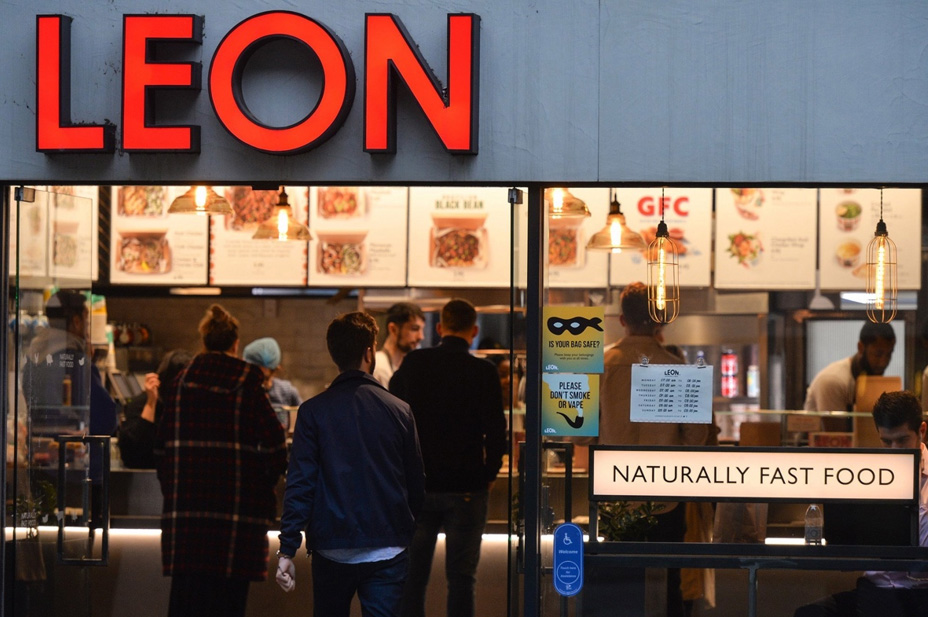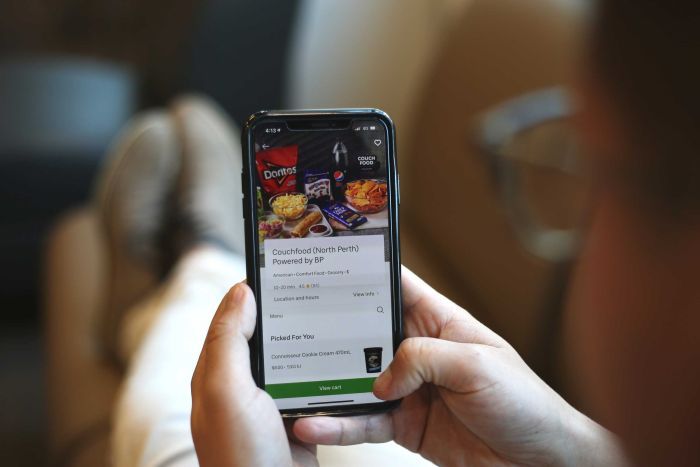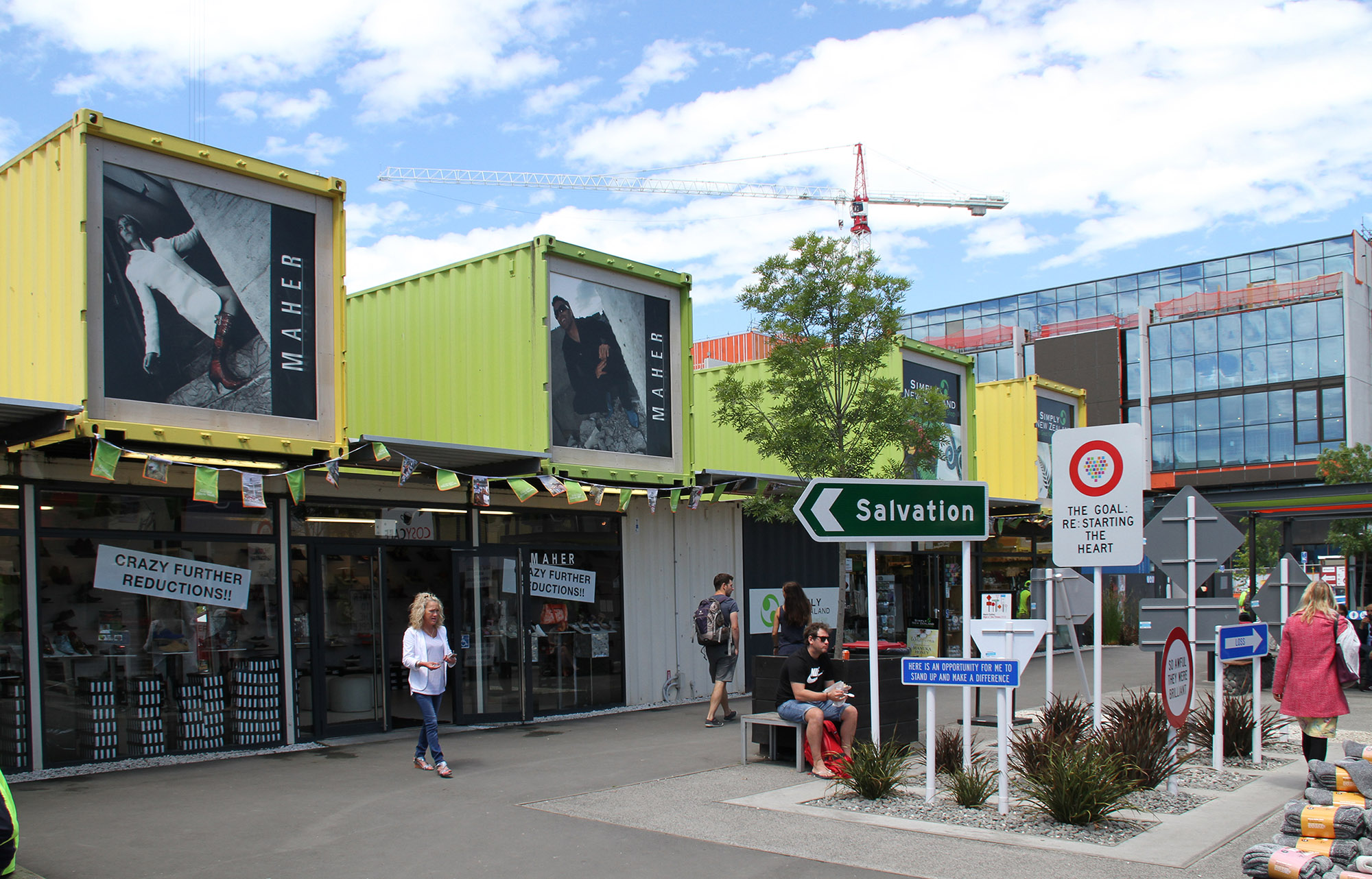Date
08 June 2020
Sector
Mixed Used
Share this
By Stephanie Bhim, Associate Director,
Brickfields Consulting
The COVID-19 situation is continually evolving in Australia. At the time of writing, the outlook is positive, with lockdowns gradually being lifted and the path to recovery becoming more visible. While things are optimistic, it is still unknown whether relapses will occur and how the immediate shocks will impact on long-term retail behaviours. At this point, it is clear that the crisis has accelerated some niche socio-cultural and economic trends in retail, such as online delivery, virtual communities and ethical buying to a mainstream audience. The benefits of these services should continue to support their mainstream uptake regardless of the societal effect of COVID-19. While the pandemic has opened the door to some retail services and providers, there are just as many who have been left exposed by the crisis. Generally, these retailers were under-performing well before March and their fate was merely hastened by COVID-19.
Despite reassuring health statistics in the past month, the way forward for the retail industry and shopping centres in particular is still ambiguous. In situations of extreme uncertainty traditional approaches to strategic planning can be misleading, potentially dangerous. To assist shopping centre owners at this time of uncertainty, we have explored three incremental (and plausible) outcomes, based on a spectrum of change, from minimal to moderate and on to significant. We’ve paired these with emerging case studies in retail and technology innovations, supported by findings from Brickfields Consulting and Skyfii’s COVID-19 Business Impact Tracker (C-BIT) research, with comparisons conducted over April and May 2020. The data is up to the minute with how people are feeling and responding. Straight up, the May update is mostly good news; the negative impacts of COVID-19 are declining, with people being more likely to visit, spend time, and spend money at shopping centres (up between 2% and 7%). However, retail behaviours have undoubtedly changed – in many instances permanently. As such, we have not outlined a ‘no change’ scenario, as this is patently unrealistic.

Future 1: Minimal spatial changes with an early re-opening – a return to business as (almost) usual
The unprecedented time has resulted in demands on consumers to drastically change their shopping behaviours. This has occurred from both top-down, with governments enforcing 1.5m social distancing, but also from inside-out, with consumers exhibiting big shifts in mindset regarding their perceptions and concerns around the shopping experience. As a result, we are now faced with a very different customer.
Naturally, one of the key shifts has been a fluctuation in online purchases. According to Brickfields’ and Skyfii’s C-BIT survey, there was a spike in online purchasing at the height of the pandemic in early April, with 30% of respondents agreeing they purchase more online, and 20% purchasing more take-away food. However, this tapered off during May, with a shift of 1–3% back to the pre-COVID retail benchmark. This is paired with changing preferences for delivery etiquette, as 35% would only consider home delivery with face-to-face drop off, 55% contactless home delivery and 11% personal (locker) delivery. Even in a minimal-impact scenario, we can assume that a certain proportion (around 10–15%) will continue to use these ‘new’ services. The evidence suggests, that the services most likely to remain are home delivery and drive-through contactless pick-up.
While online purchasing has declined from April to May, the expectations have been set for more efficient shopping experiences, tightened customer journeys, and fewer staff interactions. All of these will need to be translated into shopping centres. Apps such as Listonic and those developed by Coles and Woolworths already support customers to only go to the specific aisles they require. This was previously used by the budget-conscious to prevent impulse buying; however, now we are likely to see an uptick in wider usage by customers who prefer to ‘get in and out’ of stores quickly. It is worth noting that in late April both S-Centre and Mirvac Retail introduced customer contactless services in response to this identified customer need.
Another trend we are likely to see grow is contact-free shopping. This has already been deployed by Amazon with its Go Grocery stores that allow customers to scan their app on arrival, browse and collect items, walk out, and automatically have their Amazon account billed. Now Amazon has adapted this technology to license it to other retailers to integrate and deploy – without the use of an Amazon account. Here we are witnessing the first sign of scalability and the potential for this technology to hit the mainstream.

Further positive developments reveal the detraction of visiting shopping centres due to crowds reduced by 7% between April and May, as did the perceived risk of passing on COVID-19 to others, down by 6%. Though people are regaining a sense of normality, recent behaviours won’t erode too quickly. The emerging post-COVID customers will be far more hygiene conscious and accustomed to constant sanitising in public spaces. If shopping centres are to continue to support this sentiment, a baseline program and protocol of hygiene etiquette will be required. This should include sanitising stations that are more permanent and high quality in their presentation – that is, less plastic, ‘port-a-loo’ and ‘ad-hoc’ but more embedded and akin to wellness amenities or contemporary medical centres. Such an approach reassures customers that the centre takes a serious and long-term approach to hygiene. This is particularly important as the number of customers who believe the impact of COVID-19 will last beyond 12 months has increased by 4%, depicting a comprehension of ongoing ramifications.
In addition, regular disinfecting and deep cleans will need to occur, and potential restrictions on capacity numbers or extended trading hours to spread out foot traffic and minimise crowding are also ‘quick-win’ solutions. Though the technology is imperfect, some centres are implementing thermal scanning of customers to detect elevated temperatures and prevent further spread. This is the case at Siam Piwat centres in Asia. In addition, technology providers such as Skyfii are exploring how imaging technology could be used to identify areas or aisles which are overcrowded. When this occurs digital signage would notify customers and restrict access.
Under the minimal-impact scenario, there would be few physical changes required. Shopping centres and retail tenancies would largely operate under the same conventions, with only minor changes at those points of congestion and high contact. Specifically, for many centres these areas of greater congestion and contact may only require an alternate operating model during peak weekend or holiday periods.
Future 2: Lockdowns continue – response is a re-purposing of space and shift in the tenant mix
The second scenario assumes that Australia and New Zealand will see continued relapses over the next 6–12 months. In this scenario, longer term lockdowns will inevitably result in a shake-up to the tenant mix in retail centres. Larger footprint operators such as department stores are likely to scale back their tenancy size, accelerating an emerging trend towards mini-majors. Further to this, tenants that were performing poorly prior to the crisis will be even further exposed, with many not being able to make rent and some closing altogether. However, there will be little respite even for the surviving retailers, as they will be impacted by a 20–30% reduction in incidental passing traffic. To survive, the retailers that are set to remain open, or at least delay closure, are those with a propensity to iterate their offering to key customer needs and non-discretionary spend.

This is already occurring in the hospitality sector. One such example is Leon, a healthy fast-food operator based in the UK, which has converted its restaurants into mini-supermarkets. Further to this, it will launch a home delivery service for ready-made meals. The action is a response to the shuttering of restaurants in the UK, but also to the empty supermarket shelves and a desire to provide comfort food in such times.
er this moderate scenario, there will be a degree of spatial repurposing in retail centres which could see the conversion of tenancies into ‘dark stores’, i.e., stock outposts which are optimised for last-mile delivery and carry lower staff overheads. This trend has been occurring strongly in the hospitality sector, with ‘dark kitchens’ taking up leases in urban areas to support the rise in online food orders. The most interesting are those that have taken a curatorial approach and aggregate multiple platforms. One in particular is Melbourne-based Kitchaco. The site supports 24 operators all served by Uber Eats, Deliveroo, DoorDash, and Menulog. In speaking to ABC News (2019), brand manager Hannah Godslevsky imparted that Kitchaco plans to offer 60 operators at each of its sites – intentionally with duplicates in cuisine. The move is an attempt to capture consumer data to iterate tenant mix and future property purchases accordingly.

While it may not be viable for a retail centre to duplicate offerings at this time, on a conceptual level, the aggregation of brands for delivery out of one location should be considered by retail centres as a compelling and holistic offering. This will be particularly valuable if the situation regresses and is met by a surge in online shopping.
Looking broadly at retail trends, customers’ hearts and loyalty will be captured by those retail centres and stores that can deliver a social dimension and contribute to a sense of community solidarity. Consumers are very aware that the COVID-19 crisis has inspired the action of many brands to stretch their current operations in creative ways to help those at the frontline or vulnerable persons in need. Such benevolent initiatives saturate social media, with consumers championing these efforts both online and with their spend.
For retail centres, this could translate as a form of ‘place governance’ and collective support for its smaller businesses that may struggle to survive. This approach is currently being undertaken by GPT’s MCTV initiative at Melbourne Central. The asset has bolstered marketing and engagement efforts to support its retailers and creatives to deliver playful and interactive content to their customers via instagram. The program will deliver tutorials, styling sessions, live music and comedy sketches among other events. The program intends to make sure their artists, comedians, musicians and retailers ‘see it through to the other side’. Such an approach also supports accelerating trends in livestream experiences and DIY culture.
Under this moderate-impact scenario, shopping centre owners can assume that there will be the need for significant strategic planning to reframe the mix, experience and operation of their centres. This will also include exploring the financial viability of certain retailers and the proportion of specific categories. As a result, it is fair to assert that shopping centres will go through a 3–5 year period of reinvention, where internal spatial configurations are required.
Future 3: Longer and more frequent shopping centre closures
The scenario which represents the greatest amount of impact also presents the most significant opportunity for change. Under this scenario, shopping centres would be impacted for an extended period of time, and/or more frequently. As part of this scenario, we can assume that a vaccine is not available and the medical complexities of COVID-19 continue to challenge medical professionals globally. While this appears the least likely scenario to unfold, it is not unconceivable given the events to date.
Under this scenario where lockdowns become more extreme and shopping centres are closed over a long period of time – a shift to decentralised retail experiences could occur to keep operations going. This could see the deployment of light, quick, semi-permanent pop-ups in open-air areas such as car parks, street interfaces, under-utilised pockets on a site’s perimeter or even nearby laneways. We can look towards responses to extreme events, such as natural disasters, to gain a sense of how shopping centres may respond. A great exemplar of this was the Re:Start container mall in Christchurch, opening in the aftermath of the 2011 earthquake. Built over an eight-week period, the site consisted of 27 tenants and a series of public spaces. It was short-term response to the lack of permanent buildings in the city, though only earmarked to be open for six months, the site was so successful it remained open until 2018. The vibrant design and open-air amenity proved to be a drawcard for tourists and locals alike. The engagement with the local community and volunteers was critical to its success, the process bestowing a sense of civic ownership.

This scenario seems unlikely given the positive outlook at the time of writing. Be that the case, customers will still have a pent-up desire to engage in social experiences – perhaps more so than ever, with many having formed stronger appreciations for the value of community. This is supported by the CBIT findings, which revealed an appetite for visitation and experience, as the proportion of shoppers wanting all retailers open (with precautionary measures) jumped from 32% to 47% in one month. Though the detraction towards crowds in shopping centres has decreased, there may still be a residual apprehension toward enclosed spaces, that could be counteracted by open-air alternatives.
Another tactic for creating decentralised retail experiences, albeit quite futuristic, is the deployment of autonomous shopping vehicles into a community. A particular example is Moby Mart, the world’s first staff-less, self-driving, mobile minimart undergoing beta testing in Shanghai. Using the Moby Mart app, customers can order a Moby Mart to drive to their location and purchase goods through contact-free payment.
The technology is intended to be a new retail platform that can be deployed through partnerships. This presents an interesting concept for shopping centres that could deploy an ‘edit’ of a collective of retailers that target a particular customer group. This might just suit the new-world customer who is increasingly savvy and comfortable with contactless purchasing.
As part of this scenario, there would also be the long-term opportunity not just to remix a centre, but conduct redevelopment feasibility. With up to 80% of tenants looking to break their retail leases, the financial justification may exist to conduct a major redevelopment of the centre. Under these plans, residential, commercial, and civic uses would all be on the table. This type of scenario could allow owners to dramatically reshape their centres for the post-COVID world, similar to how Frasers has created a new super neighbourhood model for Burwood Brickworks. A blank canvas should not be feared but embraced, and may well be the opportunity the industry needs to adjust to the immense social and technological changes present since the early 2000s.

